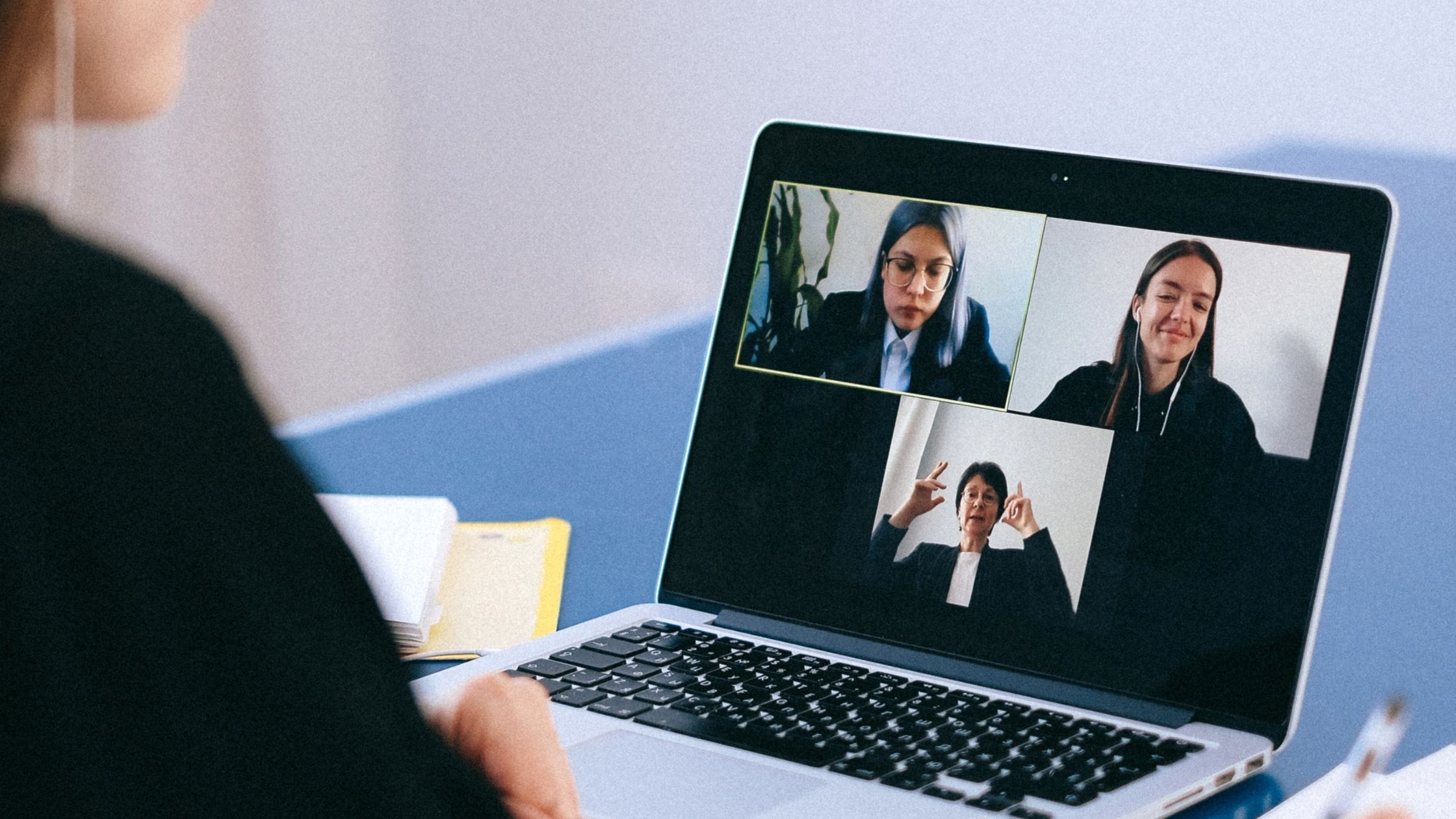
Many employees in the United States have been working remotely full-time over the past six months due to the COVID-19 pandemic. Before the novel coronavirus outbreak, 31 percent of employees worked from home, a number that has increased to 88 percent.
Employers might be concerned about a lack of productivity when their employees work remotely, but research shows that companies that allow their employees to work remotely achieve increased employee productivity, reduced turnover and lower organizational costs. A remote workforce means employers can hire geographically distributed talent and reduce overhead expenses, while employees can gain flexibility, save time and reduce transportation.
A Growing Technology Trend
Although more than 95 percent of employees who work remotely would recommend their situation to others due to its flexibility, an increasing number are experiencing what’s been dubbed “Zoom fatigue.” Also referred to as video call fatigue, it describes the tiredness, worry or burnout associated with overusing virtual platforms of communication. It can outweigh the benefit of helping people in isolation stay connected.
Employers have previously utilized video meeting platforms, including Skype and Microsoft Teams, to host meetings with employees, but that number has skyrocketed during the pandemic. Zoom reported an increase from 10 million daily meeting participants in December 2019 to more than 200 million this past March and 300 million in April. For reference, Zoom defines a daily active user as using the video conferencing service at least once a day and a meeting participant as the member of a meeting.
Psychological Explanations
There are a variety of reasons individuals feel tired and uncomfortable using Zoom and other video meeting platforms multiple times daily or weekly. In addition to technology mishaps, such as a poor Wi-Fi signal, frozen screen or software crash, some feel that they must perform for the camera or be dressed a certain way to appear professional. Instead of being able to separate work and home life, video calls let people view you in what is supposed to be a more private setting. This is especially the case for those who don’t have a home office or other private space from which to work.
Another cause for video call fatigue is audio delays. According to Psychiatric Times, millisecond delays in virtual verbal responses negatively affect our interpersonal perceptions, even without any internet or technical issues. One study found that speech transmission delays of little over one second can cause participants to perceive those on the video call as less attentive, extraverted and conscientious.
Similarly, employing video technology for work meetings means participants aren’t able to as easily view typical non-verbal cues – facial expression, body language, eye contact – that accompany a face-to-face conversation. Evidence has proven that eye contact improves connection through faster responses, more memorization of faces and increased likeability and attractiveness.
Signs and Solutions
One of the primary signs of Zoom fatigue is sore eyes, officially called Computer Vision Syndrome, which can prompt headaches and migraines; eye irritation and pain; blurred and double vision; and excessive tearing and blinking. Others consist of a lack of focus, excessive feelings of apathy and pain in the lower back, neck or spine.
Fortunately, there are several ways to mitigate video call fatigue, like the following recommendations from the Harvard Business Review:
- Build in breaks.
- Keep meetings shorter.
- Reduce on-screen stimuli – try hiding yourself from view.
- Don’t feel you have to attend virtual social gatherings with colleagues.
- Switch to a phone call or email if appropriate.
- Avoid multitasking.
- Disconnect when you need to.
- If you can, schedule time in between virtual meetings.
- Have compassion for yourself and for others.
- Establish daily routines.
If a meeting can be done without video, try to avoid it, and don’t accept calls past your regular work hours. Do not schedule back-to-back meetings. Create and follow an agenda and call protocols to ensure necessary topics are covered without employees speaking over each other.
When you’re away from work, make an attempt to ditch your mobile device and focus on something else, whether it’s your favorite television show or a hike at a nearby nature trail. If possible, stay screen-free before bedtime. Most guidelines recommend turning your screen off at least one hour before you go to bed and putting another activity in its place. Multiple studies report that the blue light from screens often hinders a person’s ability to sleep restfully.
Are you interested in having a team of medical billing employees work while you are sleeping? Click here to see if you qualify for a free trial!
